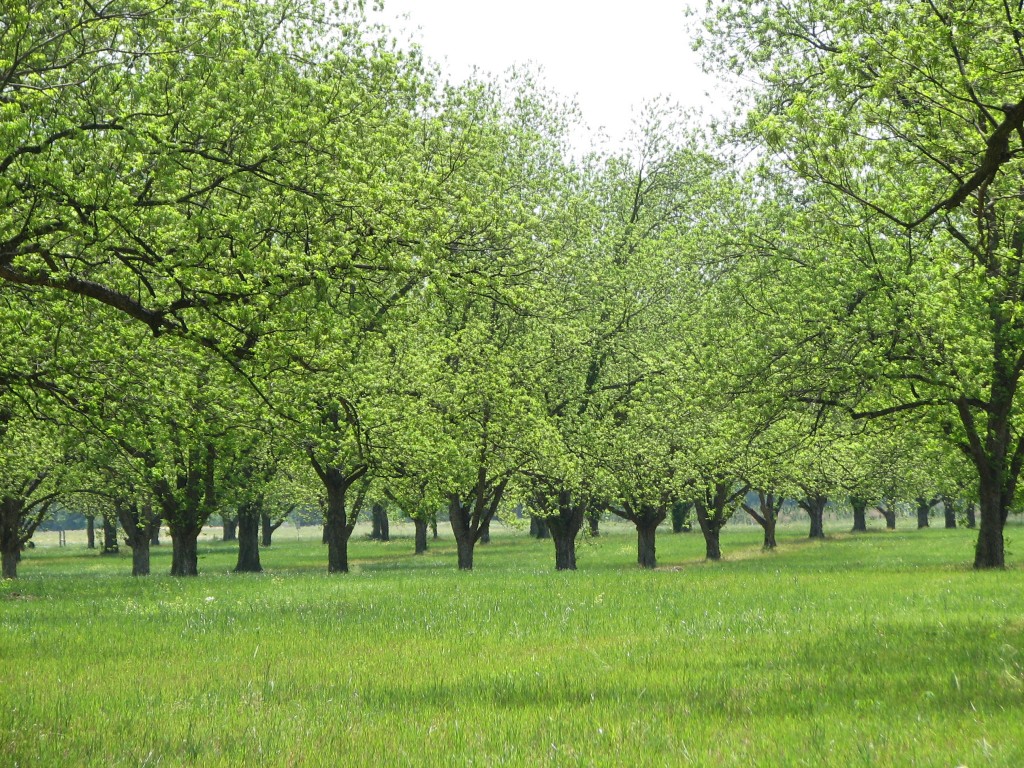Insect Management
-
The pecan nut casebearer moths are flying now. Starting last weekend and through this week, many locations have reached ‘biofix’ catching moths for two consecutive days. Thank you to all county agents, growers and our USDA counterparts who checked traps the past few weeks. I will clarify how to use the online model and discuss…
Posted in: Insect Management -
UGA Extension agents, USDA collaborators and pecan growers across 14 pecan-growing counties in Georgia are monitoring for pecan nut casebearer again this year. We started on April 12th using pheromone-baited traps (Figure 1). Agents and entomologists are checking traps each day until moths are captured for two consecutive days. The first date of consistent captures…
Posted in: Insect Management -
Be on the lookout for Asian Ambrosia beetle in young pecan tree plantings. We have had reports coming in from various locations throughout the state, including Cook County, the Ft. Valley area, and sites in Eastern Georgia as well. As temperatures begin to warm up this week the activity could pick up as well. Due…
Posted in: Insect Management -
UPDATE 2/17/2021: The first hits on log traps deployed at Cook County was recorded last week. With temperatures predicted to be above 60F in the coming week or so, keep an on your vulnerable trees for ambrosia beetle attacks in the coming weeks. Please fill up this survey on ambrosia beetles to help us determine…
-
In recent days, we have heard several reports of snails associated with young irrigated pecan trees. They have been seen congregating on tree trunks and on the foliage. Some have reported seeing snails in and around irrigation emitters. Normally, snails are not considered pests in pecan orchards, but rain can encourage their activity. The moist…
-
Over the past two weeks, I’ve seen yellow aphids, black pecan aphids and black pecan aphid damage in orchards in Southeast Georgia. I’ve also talked with many county agents who are seeing the same thing. What do we need to know? And what should we do? Black Pecan Aphids First, remember that black pecan aphid…
Posted in: Insect Management -
We are in the first stages of pecan budmoth infestation. Last year was a very bad year for budmoth. We are seeing initial signs of infestation on young trees (generally 1—3 years old) as of the first week of April. Identifying budmoth at this time of the year is not easy since worms are very…
